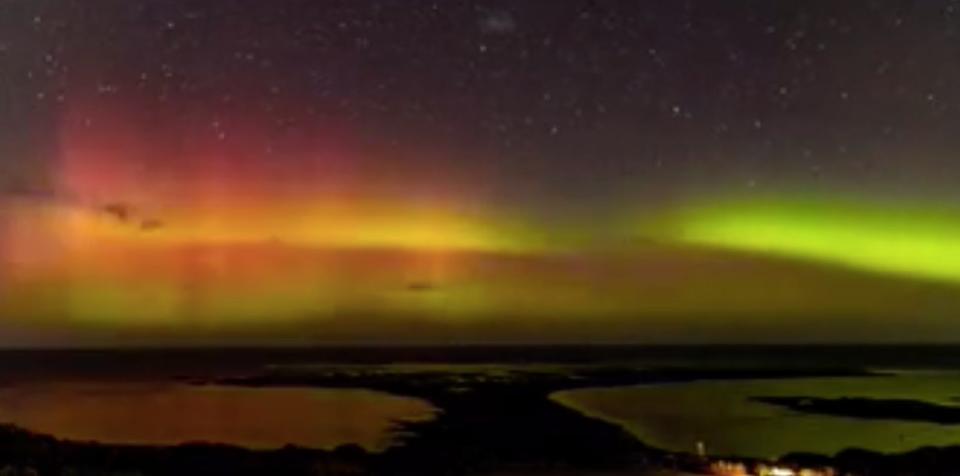When and where to watch the rare Southern Lights in Australia
Just weeks after Australians were treated to the spectacular Eta Aquarids meteor shower, it’s predicted skygazers are set to enjoy another fascinating nighttime display.
Increased solar activity will bring potential for the Aurora Australis – dramatic multi-coloured light displays to occur in skies over southern parts of the country.
The heightened chance of aurora activity is expected to occur from Wednesday and into Thursday this week, according to the Bureau of Meteorology.
Tasmania and southern areas of Victoria are identified as the best locations to witness the light show in southern Australia.


Bureau meteorologist Philip Landvogt said the best viewing conditions in Tasmania would be along the east coast, north of Hobart, despite predicted cloudy conditions.
"In southern Victoria, cloudy skies are forecast on Wednesday with the best viewing conditions expected on Thursday night when it will be mostly clear with just some isolated fog patches," he said.
Bureau of Meteorology Space Weather expert Dr Zahra Bouya said the colourful light shows are a rare phenomenon for this time of the solar cycle and are due to a number of solar eruptions from the sun's visible surface.
"We are currently monitoring two coronal mass ejections (CMEs), which are large clouds of plasma that are ejected from the sun and travel at high speeds through space,” she said.
“They are both relatively slow moving and our model predictions have them passing over us on 15 and 16 May.”
Dr Bouya said when this material reaches Earth, most of it is deflected by the planet’s magnetic field.
“But as the CME passes over the Earth its magnetic field may connect with ours allowing huge amounts of energy to be transferred to our magnetic field, generating geomagnetic storms that can last for two or three days and produce dramatic auroras over successive nights,” she said.
Dr Bouya said the ideal time to witness the light show would be between 3am and 5am once the moon has set, providing the optimum darkness.
She advised skygazers to head to dark beaches or headlands for premium views.
Do you have a story tip? Email: newsroomau@yahoonews.com.
You can also follow us on Facebook, download the Yahoo News app from iTunes or Google Play and stay up to date with the latest news with Yahoo’s daily newsletter. Sign up here.



